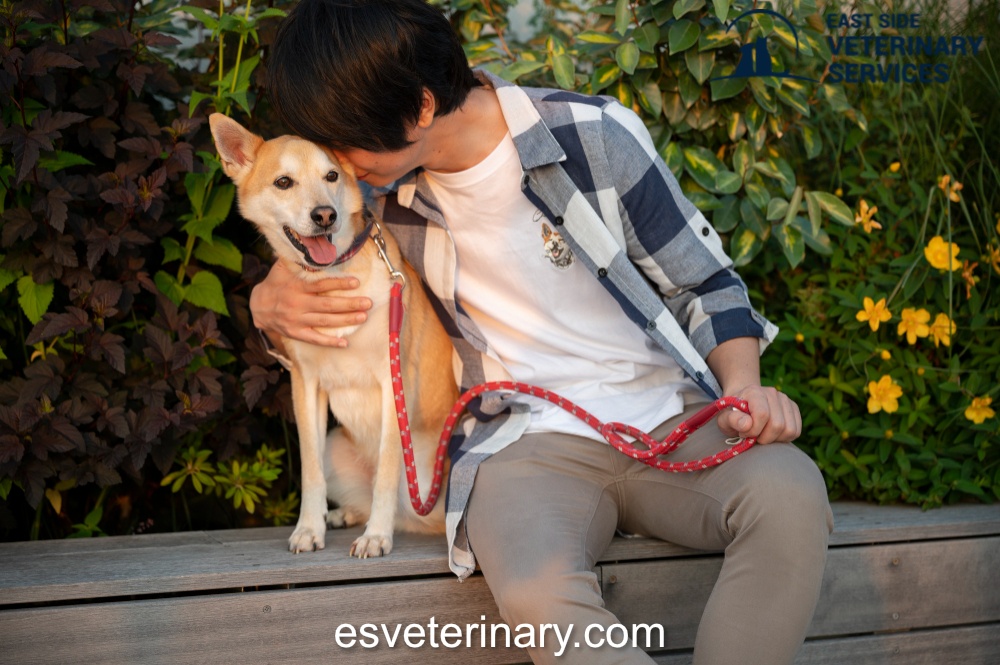Pet Spaying and Neutering: Why It Matters for Your Pet and Community
Pet spaying and neutering are critical steps in responsible pet ownership. Not only do these procedures benefit your pet’s health and behavior, but they also play a significant role in reducing pet overpopulation. By understanding the importance of spaying and neutering, you can make informed decisions to ensure your furry friend lives a happy and healthy life.

What Does Spaying and Neutering Mean?
- Spaying: The surgical procedure for female pets involves the removal of the ovaries and uterus.
- Neutering: The process for male pets involves the removal of the testicles.
Both are routine procedures performed by veterinarians and are generally safe for pets of appropriate age and health.
The Benefits of Spaying and Neutering
1. Improves Your Pet’s Health
- Spaying helps prevent uterine infections and reduces the risk of breast cancer in female pets.
- Neutering prevents testicular cancer and prostate issues in male pets.
2. Enhances Behavior
- Neutered males are less likely to roam, reducing the risk of accidents or fights with other animals.
- Spayed females won’t go into heat, which often causes stress for both the pet and the owner.
3. Reduces Overpopulation
Millions of pets end up in shelters each year due to unplanned litters. Spaying and neutering directly contribute to reducing this overwhelming number.
4. Saves Money in the Long Run
Preventing potential health issues, such as cancers and infections, can save you significant costs on treatments later.
Common Myths About Spaying and Neutering
Myth: Spaying or neutering will change my pet’s personality.
Fact: The procedures may reduce aggressive tendencies or roaming behavior but won’t alter your pet’s loving personality.
Myth: My pet will become overweight.
Fact: Weight gain is often linked to overfeeding and lack of exercise, not spaying or neutering.
Myth: It’s better to let my pet have one litter first.
Fact: Allowing a litter does not offer any health benefits to your pet.
When Should You Spay or Neuter Your Pet?
The optimal time varies depending on your pet’s species, breed, and overall health. In general:
- Cats can be spayed or neutered as early as eight weeks old.
- Dogs are often spayed or neutered between six and nine months old.
Consult your veterinarian to determine the best timing for your specific pet.
How to Prepare Your Pet for Surgery
- Consult Your Vet: Schedule a pre-surgery check-up to ensure your pet is healthy enough for the procedure.
- Fasting Before Surgery: Most vets recommend fasting for 8-12 hours before the procedure.
- Post-Surgery Care: Provide a calm, comfortable environment and follow your vet’s instructions for medications and activity restrictions.
The Impact on Communities
Spaying and neutering don’t just benefit individual pets—they also help communities. By reducing stray populations, these procedures decrease the risk of pet homelessness and animal control issues, leading to healthier and safer neighborhoods for everyone.
FAQs
What is the difference between spaying and neutering?
Spaying is for female pets and involves removing the ovaries and uterus, while neutering is for males and involves removing the testicles.
Is spaying or neutering painful for pets?
Pets are placed under anesthesia during the procedure, so they don’t feel pain. Post-operative discomfort is minimal and can be managed with medication.
How much does spaying or neutering cost?
Costs vary but are often reduced through local animal welfare organizations or spay/neuter clinics.
Can older pets be spayed or neutered?
Yes, but consult your vet as older pets may have additional health considerations.
Will my pet need special care after surgery?
Yes, you’ll need to monitor the surgical site, limit their activity, and ensure they don’t lick the stitches.
Why is spaying and neutering so important?
These procedures promote better health, improved behavior, and reduced overpopulation, benefiting both pets and communities.
Conclusion
Spaying and neutering your pet is one of the most impactful ways to ensure their health and well-being while contributing to a better future for all animals. By taking this step, you not only enhance your pet’s life but also play a role in addressing larger community issues like overpopulation and stray animals.
Make the responsible choice for your furry friend today—because their health and happiness depend on it.